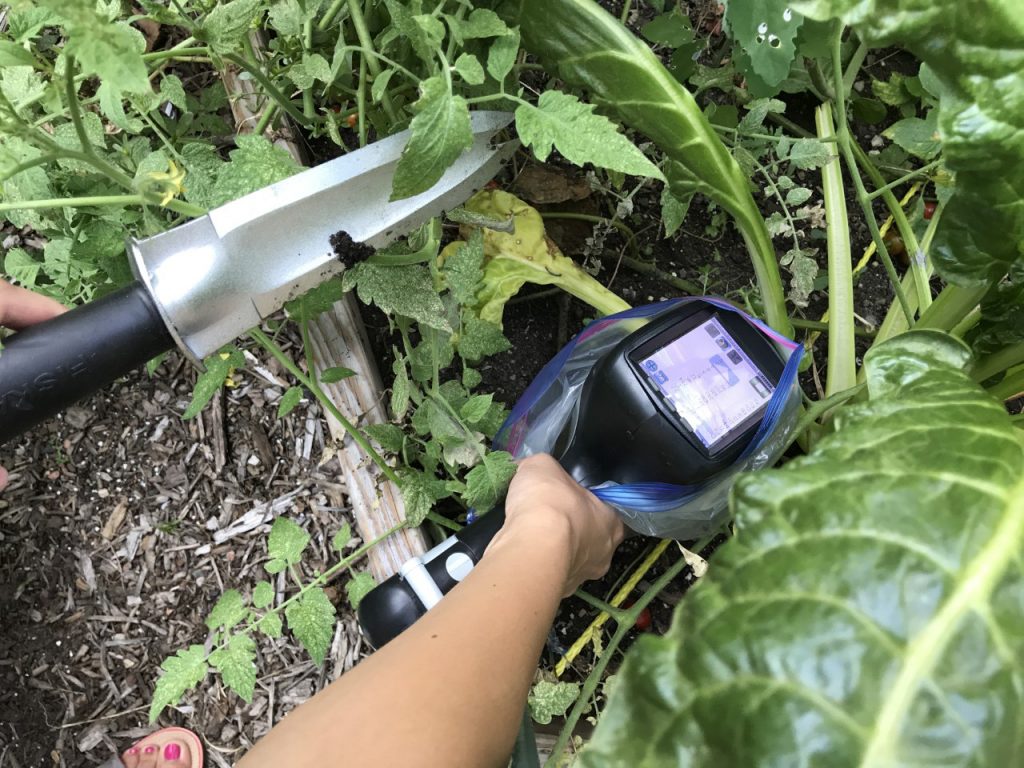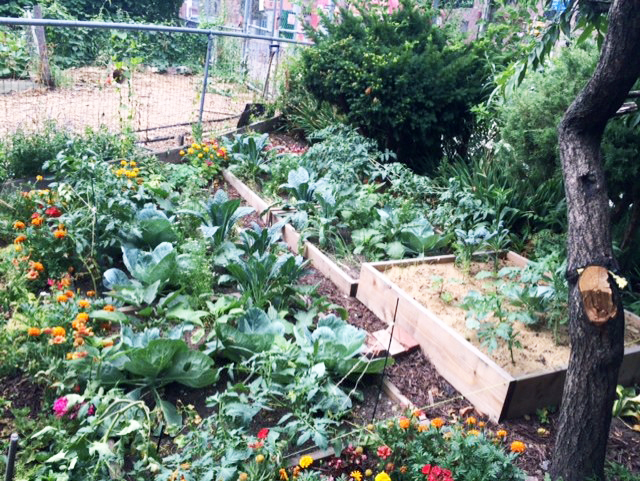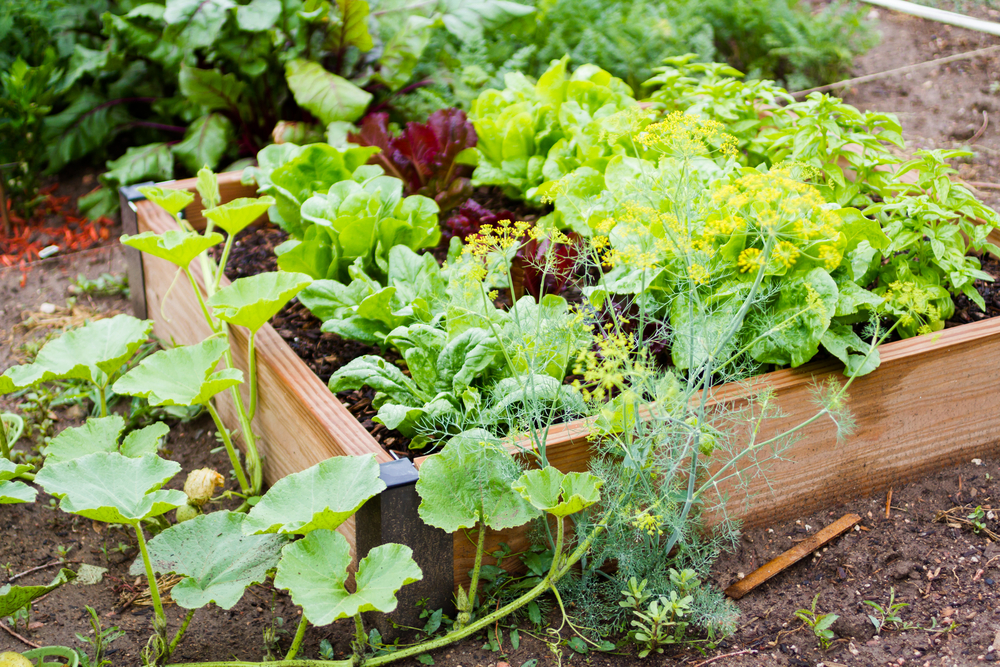An analysis of urban gardens contaminated with lead and arsenic shows that traditional soil cleaning methods are ineffective. Gardening can be safe if regularly check the land with express monitoring devices and plant vegetables on raised beds. Research results were published in the Science of the Total Environment journal. This work was supported by the Russian Science Foundation.
The study was conducted by an international research group from the laboratory “Smart technologies for sustainable development of the urban environment in the context of global change” of the Agrarian and Technological Institute (RUDN University) and the City University of New York. As the main object of study were selected city gardens of New York. Scientists have found that in urban gardens, the main effects of lead and arsenic on humans occur when soil and dust enter the body. Regarding the consumption of vegetables grown on contaminated soils, a lot depends on the type of plant. Thus, onions revealed the highest level of pollution, followed by cabbage, eggplant, cabbage, tomatoes. These data were obtained using the express monitoring tool – a portable device for X-ray fluorescence analysis. The device consists of an x-ray tube irradiating a plot of land, a detector that receives secondary radiation from the sample, and a unit that collects and processes data. This device allows you to determine the amount of a particular element with high accuracy in a few seconds, convenient to use and weighs only about 3 kg.

In three experimental sites, scientists tested various approaches to soil restoration using soil improvers: bone meal, sulfur-containing substances and compost. It turned out that all approaches reduce the risk of lead absorption by living organisms, but the risk of absorption of arsenic remains high. Only replacing polluted land with clean soil can ensure the safety of gardening.
Gardening is currently a fairly popular activity in many cities. By growing vegetables, people reduce food costs and improve their living area. However, the soil as a whole is often polluted, especially in cities with an industrial history, as well as in industrial and mining villages, where small particles of mined metal can be transported over long distances and settle in gardens. Such particles of lead and arsenic are quite common and very dangerous.

Lead is a heavy metal that is toxic to almost all body systems. In the case of children, the consequences are expressed in behavioral abnormalities, learning difficulties, decreased IQ, hearing problems, anemia, etc. The appearance of this substance in the soil is associated with the operation of power plants, incinerators, gas pollution and is often the result of mining. Arsenic is also toxic and can cause cancer. It penetrates the soil and atmosphere with dust emissions from the metallurgical, mining and processing industries.
There is only one option that provides gardening with security – replacing polluted land with clean land. Therefore, it is recommended to grow vegetables and fruits on raised vegetable beds, fenced with a special landscape fabric, and areas for games and paths should be sprinkled with sawdust or grass. It is also important to add compost to the soil, make sure its acidity is close to neutral, and, of course, wash your hands after gardening.
Targeted identification of contaminated sites should be a priority for municipal authorities and other stakeholders in urban horticulture. It’s important to maintain such an important activity as horticulture, but make it safe, says Anna Paltseva, SUNLab researcher.
Scientists note that, despite the general agreement on the importance of sustainable development of urban nature and the safety of gardening, there are still no generally accepted and affordable monitoring technologies. To fill this gap, the researchers propose a portable device for X-ray fluorescence analysis, which allows assessing the degree and nature of pollution in the area. The data obtained with the help of it can be used in the planning and management of urban garden plots.

